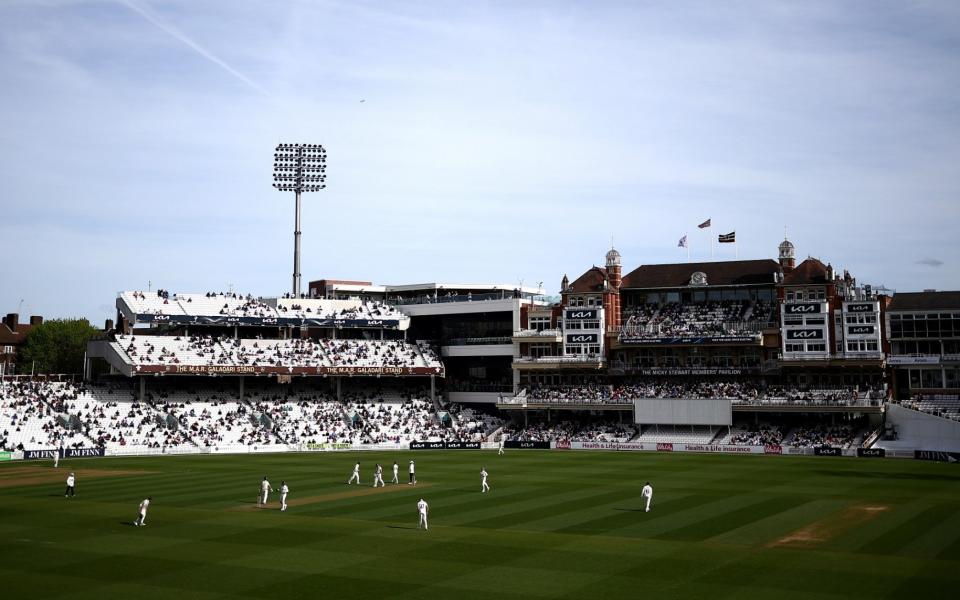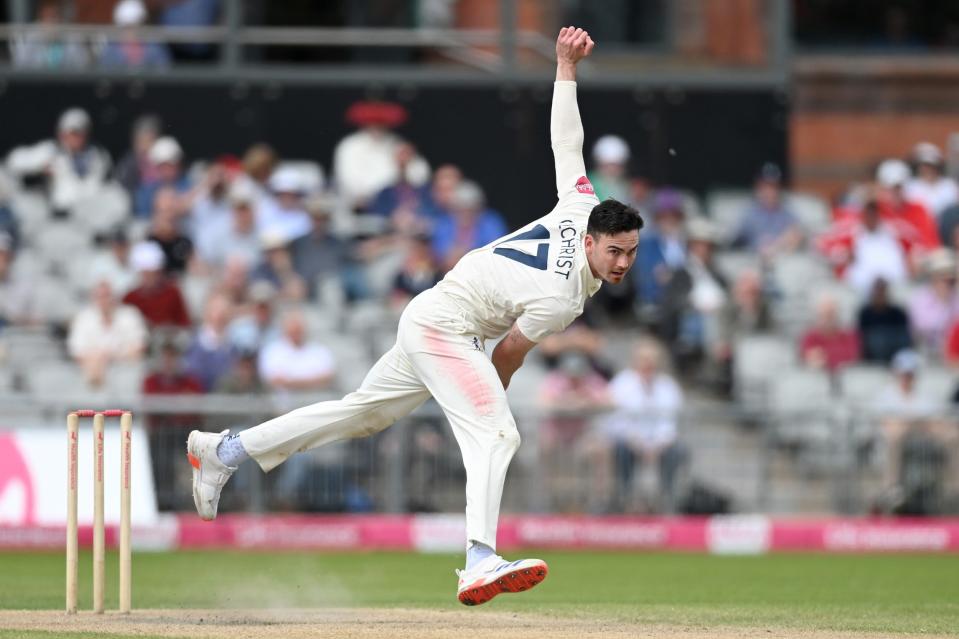Strauss review never went away with battle for County schedule still raging on

In April 2023, in the early weeks of his role as the England and Wales Cricket Board’s chief executive, Richard Gould described the cuts to the county schedule proposed in Andrew Strauss’s High Performance Review as “dead in the water”.
That they were had been clear for months. The schedule had not been cut from 2022 to 2023 because the counties, fired by their members, had rejected them.
But while Gould was not wrong, the fact that the status quo was maintained meant it was only a matter of time before the conversation rolled around again.
We have reached that point. Alan Fordham, the ECB’s long-time head of cricket operations and a former Northamptonshire batsman, has as much chance of creating a coherent schedule within the current parameters as he does keeping out a Jasprit Bumrah yorker aged 59. So it has been in 2023 and 2024, with next to no red-ball action in peak summer and a rising number of back-to-back T20 games that make the 126-match Vitality Blast group stage unfathomable for all but the most devoted supporters.
The debate arrives as a number of big conversations about the future of the English game rattle on concurrently. Investment into Hundred teams is the headline news but, as the game enters a new four-year broadcast cycle (2025-28), other key negotiations – such as the county partnership agreement (CPA) and England men’s contracts – are bubbling in the background. All of them are linked somehow.
Players want less cricket
Against this backdrop, the players have moved first. The Professional Cricketers’ Association (PCA) surveyed all men’s players in preseason and found what they are calling “disgruntlement across the board” with the schedule. They are focusing on what it does to physical and mental health of players with 76 per cent of players being worried about travel, 81 per cent experiencing physical concern with the schedule and 10 per of the membership concerned about accessing mental health support. Performance is also a worry with 66 per cent believing it is not conducive to high performance. Overall, 66 per cent believe there should be less cricket overall.
Now this could look like turkeys voting for Christmas, or pecking the hand that feeds them. Fewer games probably means fewer cricketers, so some of those making this noise losing their jobs. It also might mean lower pay, although PCA chief operating officer Daryl Mitchell was at pains to point out that the average county salary (around £55,000) has remained stagnant since 2019, two years before he retired from his 16-year career at the top of the order for Worcestershire.
But perhaps speaking up shows the strength of feeling among players. Their initial request is the creation of minimum standards in terms of rest and travel: three days between each first-class match, and one day between each T20. These are globally unique demands the English game places on its players, and it is absurd that such standards do not exist already.
While some of their language is alarmist, especially around road safety, the PCA are actually calling for a grown up debate. As Mitchell said: “We could very easily put out a structure that the players think is ideal, but players also understand the need for the commercial side of the game, the passionate members we have in this country, who are the lifeblood of the counties, who are represented by their chairs. All these stakeholders need to have that approach.”
County members don’t want Championship matches cut
The Strauss review was not a grown up debate. The review itself, commissioned in the wake of another dismal away Ashes performance, was unashamedly England-focused, which was what made it an interesting piece of work and also why its headline objectives fell down: its recommendations centred on the good of the national team, and not the commercial realities of counties, or the interests of fans. It also ignored the Hundred, which was counter-productive.
Strauss proposed cutting both the Championship and Blast from 14 games to 10, which was too radical for county members, almost all of whom remember a more onerous schedule from times gone by (just because it happened, does not make it right, or mean that players were able to perform at their best).
But as we enter this debate again, all sides would do well to look beyond their entrenched view. The schedule is a fudge and works for no-one – members, players, executives, national team. If we continue to kick the can down the road, the battles county cricket faces will only become sterner. It was interesting to note this week that the Pakistan Super League could move to April and May, to “co-exist with” not “compete against” the Indian Premier League. That creates another stream of alternative employment for both English and prospective overseas players in the early part of our season.
This is English cricket, so nothing will happen fast. The PCA is not expecting significant change for 2025, because how could there be? We are into the Championship season, so cannot move the goalposts around promotion and relegation.
Consultation needs to start now to make a workable schedule, and battle lines are already being drawn (Surrey chairman Oli Slipper last week promised his members that the biggest county would fight to keep the Championship at 14 matches). The PCA hope that a possible injection of capital to counties from the Hundred sale might make executives less wedded to a lucrative 14-match Blast group stage. Even dropping to 10 would free up a few valuable days.
That is a reminder that a little compromise on all sides could go a long way. If not, we will be pitching the the consumers against the the product every year or two in perpetuity.
Performance of the week
Nathan Gilchrist, six for 24 & two for 69
Kent’s young seamer was at the heart of their win over Lancashire. He took six for 24 in the first innings and two more as the hosts followed-on. Gilchrist is an excellent young bowler who has struggled with injury. He is out of contract at the end of the season, and Kent will be desperate to hang onto him.

Match of the week
Somerset beat Essex by three weeks
Somerset’s selection – five seamers, no Shoaib Bashir – gave a sense of how this pitch might play, and so it proved. A short but thrilling game that finished inside two days that may interest the pitch inspectors. You certainly wouldn’t want every game to be like this, but there is an undeniable entertainment factor.
Quote of the week
“We haven’t won here since 1997 and apparently I was playing in that game but I can’t remember anything about it” - Kent coach Matt Walker after his team beat Lancashire at Old Trafford. He was playing, and so was Graham “Young Bumble” Lloyd, who made 122 for Lancashire in 1997, and was umpiring in 2024.

